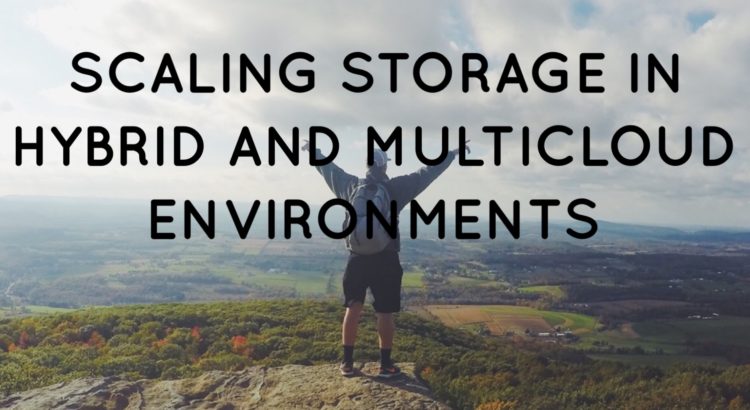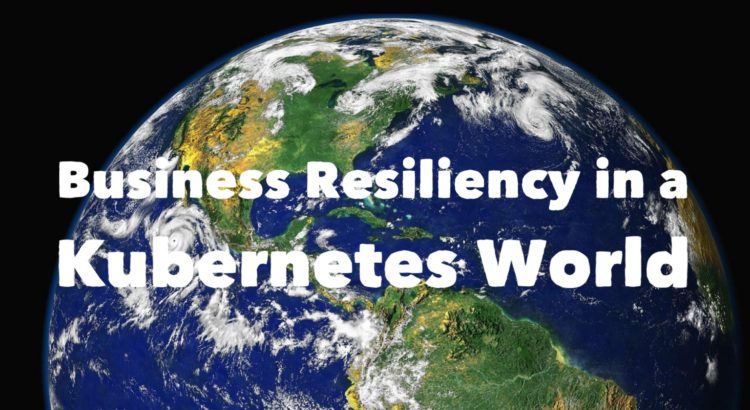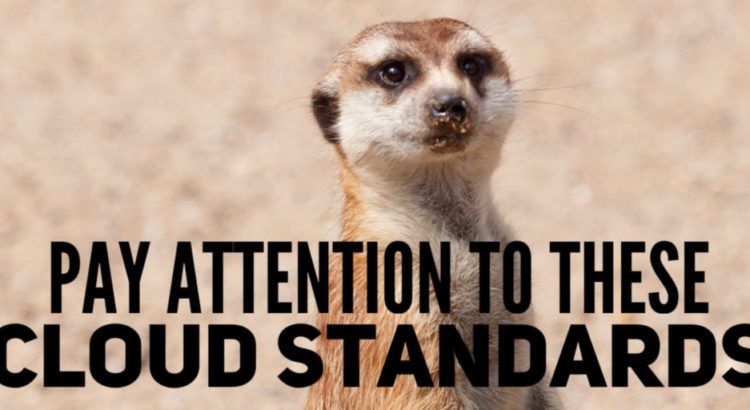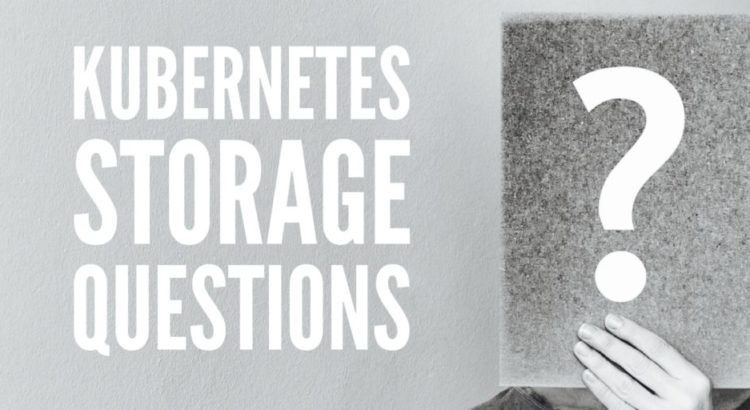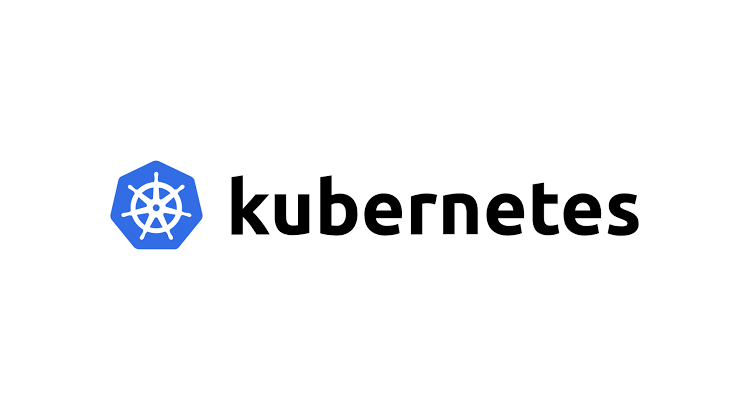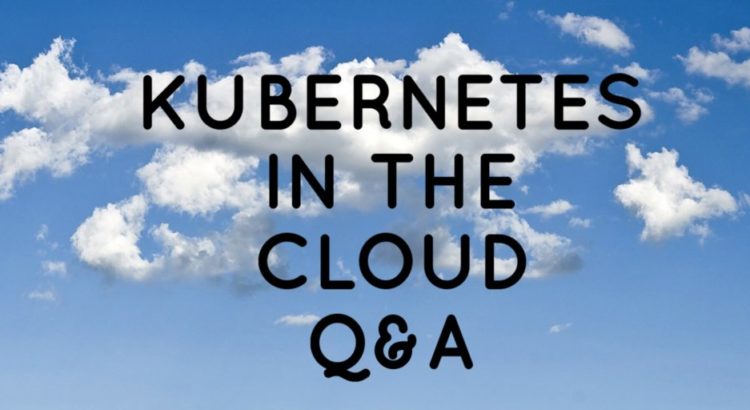Kubernetes is a hot topic these days, generating lots of interest and questions. The goal of our SNIA Cloud Storage Technologies Initiative Kubernetes in the Cloud webcast series is to cut through the hype and provide a vendor neutral look at what Kubernetes is and how it is being used. Our most recent webcast, Kubernetes in the Cloud (Part 2), generated some interesting questions. Here are answers from our expert presenters.
Q. If I’m running my Kubernetes infrastructure at a cloud service provider, do I need CSI support by the cloud provider? If this is not available, I will need a virtual storage array that provides CSI leveraging the underlying cloud storage. Do you know whether there are solutions on the market that I can deploy as a virtual machine at my cloud provider?
A. Current solutions using the CSI interface for public cloud storage are not available at this point. It will be up to the cloud provider to decide whether to support those interfaces to their storage layers.
Q. Does each pod run on one CPU core? I am trying to understand how to size the server configuration?
A. Containers use Linux cgroups to limit the amount of CPU and memory a container can consume and this is exposed in Kubernetes as limits that you can set.
Read More

